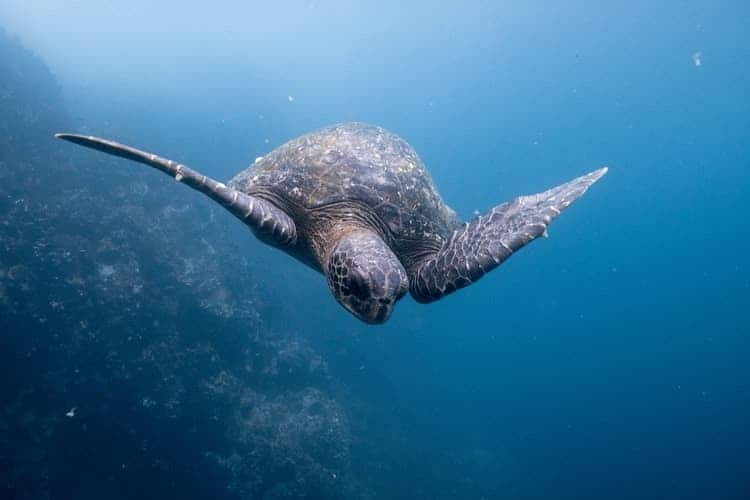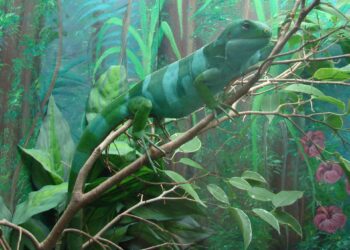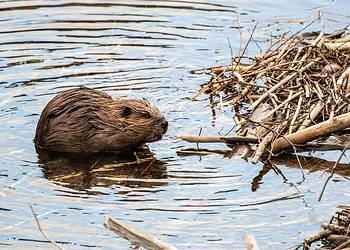Ships and vessels are bringing alien species to the Galapagos, posing threats to the pristine environment.

The thriving and rare environment on the Galapagos served as an inspiration to Charles Darwin as he was developing his groundbreaking theory of evolution. “Darwin’s Finches,” 12 species of finch on the island that have all evolved to specific niches, served as vital pieces of evidence to Darwin’s theory. But in addition to the finches, the iguanas, and all the endemic creatures, there are also a lot of invasive species in Galapagos.
As humans moved from one part of the world to the other, they brought many other creatures with them — sometimes willingly, sometimes without even realizing it. Regardless, these invasive species have had a massive impact on local fauna. The case of rabbits in Australia is infamous: the rabbits multiplied dramatically in a short period and overwhelmed the local ecosystem. Cats were brought in as predators (or for companionship), and they caused even more damage to the ecosystem. While other examples aren’t quite as dramatic as this one, invasive species have had a massive effect in almost all of Earth’s ecosystems.
Galapagos is no exception. Researchers have noticed for quite a while that invasive species have spread and adapted to the Galapagos, but this is the first study to quantify its extent. Lead author James Carlton from Williams College estimates that over 92% of invasive species were brought in by ships.
“Most of the introduced species treated here were likely brought to the Galápagos by ships,” the team writes in the study. “While we presume that most if not all of the many thousands of vessels arriving in the Galápagos Islands since the 1500s had marine animals and plants attached to their hulls, we hypothesize that the general absence in the Islands of extensive
shoreline structures (in the form of wharves, docks, pilings, and buoys) until the last half of the 20th century may have constrained extensive colonization by fouling species.”
The diversity of the invasion was remarkable. The team discovered over 50 introduced species, representing a 90% increase in the previous number known. These surveys were undertaken only around two of the larger islands, so the actual number of invasive species is almost certainly larger — potentially even two times larger, says Carlton.
All the discovered species were invertebrates, ranging from worms and mussels to crabs and moss. Yes, even something as inconspicuous as moss can have a severe impact on the local ecosystem. A simple moss called Amathia verticillata has been shown to kill local seagrass and cause damage to fishing gears and commercial pipes.
The full extent of the damage has not been thoroughly assessed, but many of the discovered species have been found to cause substantial damage in other parts of the world.
The study has been published in Aquatic Invasions, DOI: 10.3391/ai.2019.14.1.01






